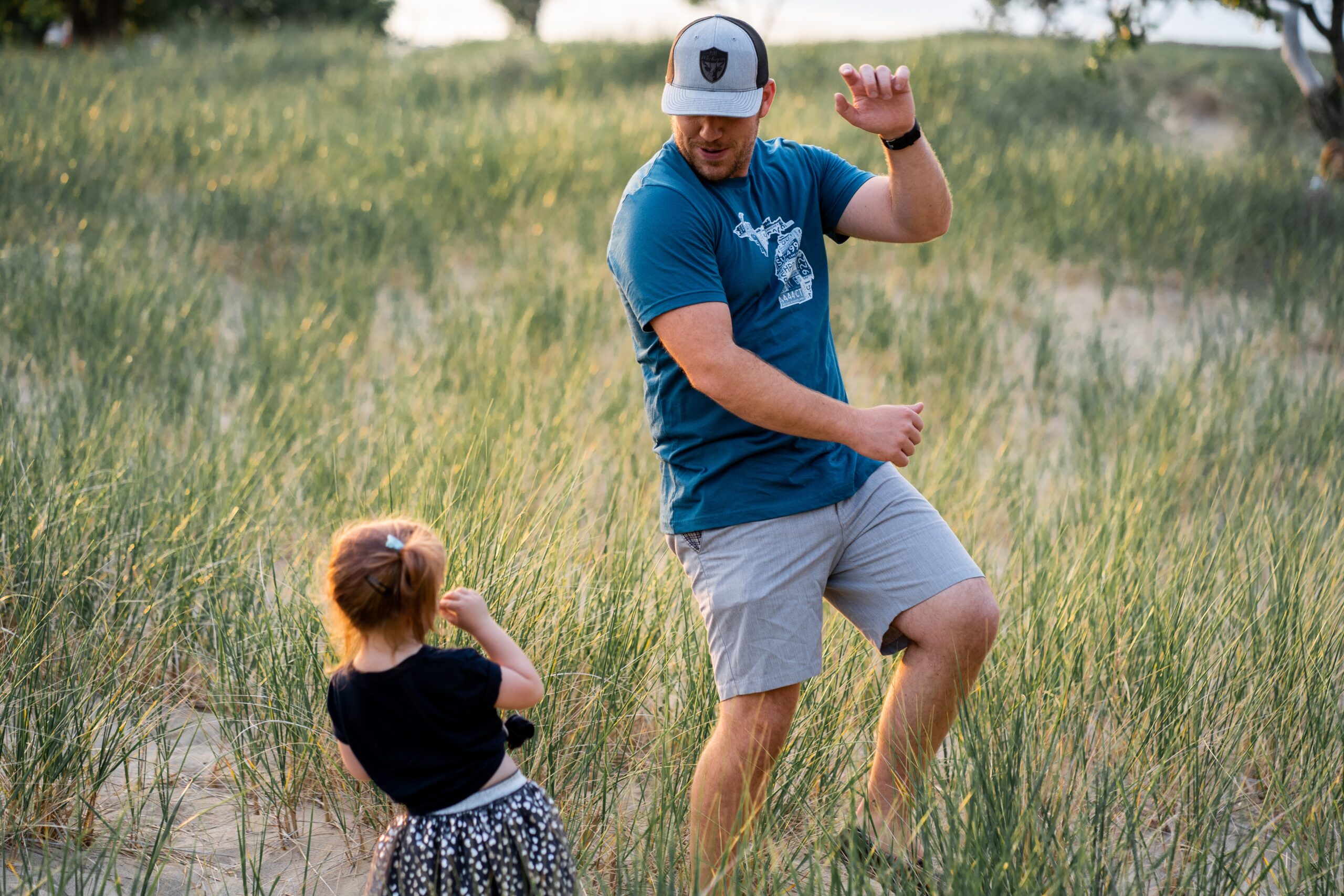Introduction
As an experienced educator with two decades of teaching expertise, you understand the significance of mastering sight words in early literacy development. Flashcards have long been recognized as a valuable tool for teaching sight words, enabling students to recognize and read high-frequency words effortlessly. In this article, we will explore specific techniques that harness the power of flashcards to enhance sight word acquisition and retention, helping your students become confident and proficient readers.
Repetition and Review
One of the key techniques for teaching sight words using flashcards is through repetition and review. Here’s how you can incorporate this approach:
Initial Introduction:
Introduce sight words one at a time, displaying the flashcard with the word prominently.
Pronounce the word clearly, ensuring students understand its meaning.
Repetitive Exposure:
Use flashcards to expose students to the sight word repeatedly.
Display the flashcards during daily routines, such as morning meetings or transitions.
Encourage students to say the word aloud or use it in sentences.
Regular Review:
Schedule dedicated review sessions where students revisit previously introduced sight words.
Mix up the flashcards to reinforce recognition and build fluency.
Multisensory Engagement
Engaging multiple senses can enhance sight word learning. Here are some techniques to incorporate multisensory experiences using flashcards:
Visual Cues:
Use flashcards with clear, bold print that highlights the sight word. Include visual cues, such as associating the word with a relevant image, to aid in word recognition and memory.
Kinesthetic Activities:
Combine physical movements with sight word flashcards to engage kinesthetic learners.
For example, ask students to jump, clap, or hop each time they correctly identify a sight word.
Tactile Manipulation:
Create tactile flashcards by adding textured elements, such as adhesive foam letters or sandpaper, to the sight words.
Encourage students to trace the word’s shape, reinforcing muscle memory and kinesthetic learning.
Contextualization and Meaningful Application
Help students understand the meaning and context of sight words by incorporating meaningful application techniques:
Sentence Building:
Create flashcards with sight words used in simple sentences.
Encourage students to arrange the flashcards to construct sentences, allowing them to see the sight word in context.
Reading Practice:
Use flashcards as prompts during guided reading sessions.
Encourage students to identify sight words within texts and reinforce their understanding by using flashcards for additional practice.
Word Association:
Connect sight words with familiar objects, actions, or concepts.
For example, associate the word “jump” with a picture of a child jumping.
This association helps students make connections and reinforces word comprehension.
Games and Activities
Transform learning into a fun and interactive experience by incorporating games and activities with flashcards:
Memory Match:
Create a set of matching pairs of sight word flashcards.
Place the cards face down and have students take turns flipping them over, attempting to make matches by recognizing sight words.
Word Race:
Divide students into teams and provide each team with a set of flashcards.
Call out a sight word, and the first team to hold up the correct flashcard earns a point.
This game encourages quick recognition and engagement.
Sight Word Scavenger Hunt:
Hide flashcards around the classroom or learning area.
Students search for the cards and read the sight words aloud once found. This activity combines movement and sight word reinforcement.
Conclusion
Flashcards are an invaluable resource for teaching sight words, promoting sight word recognition, and building reading fluency.
By incorporating specific techniques such as repetition and review, multisensory engagement, meaningful application,
and interactive games, you can create a stimulating learning environment that supports your student’s sight word acquisition.
With these techniques, your students will gain the necessary skills and confidence to become proficient readers, setting them on a path to lifelong literacy success.
![]()











